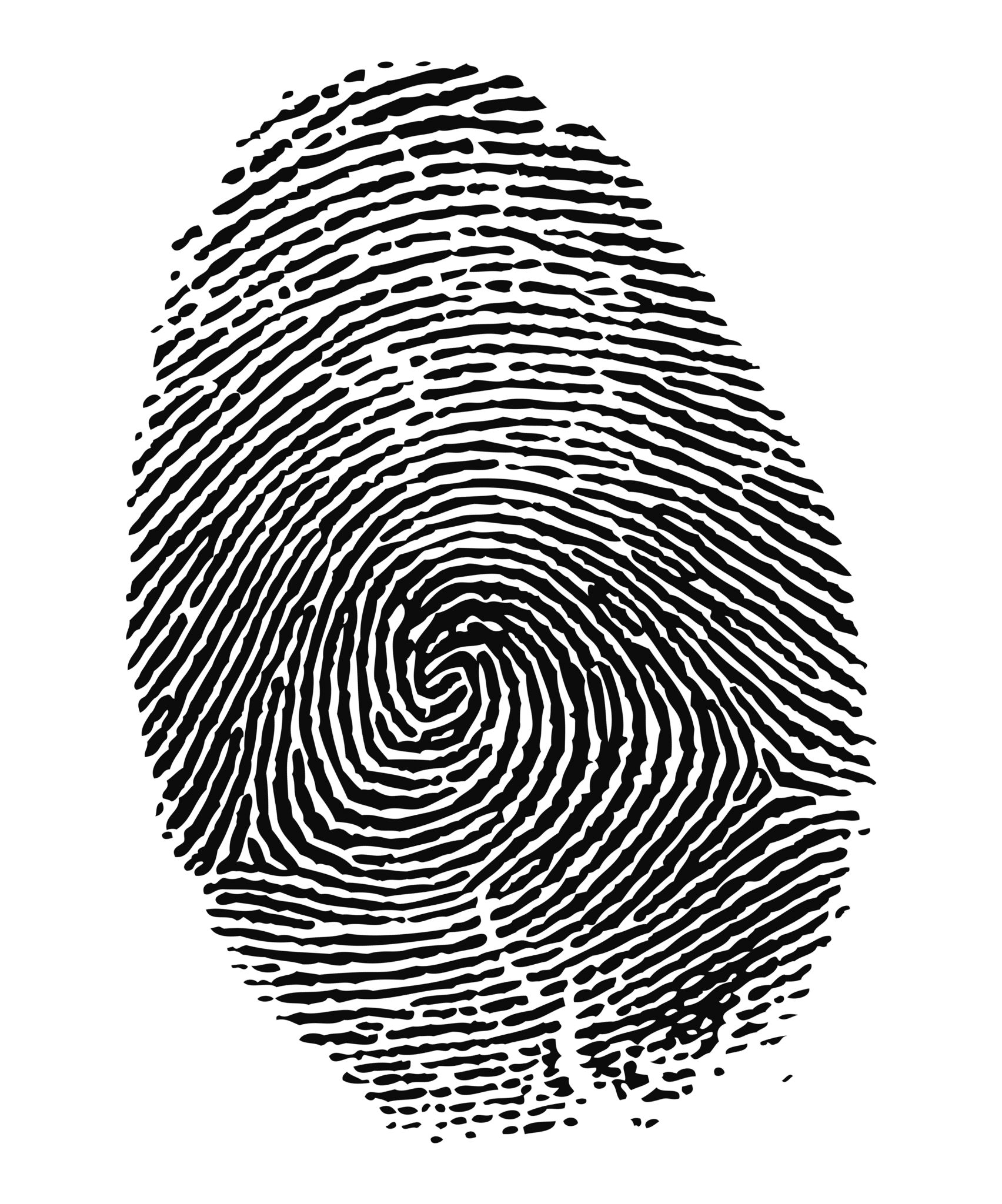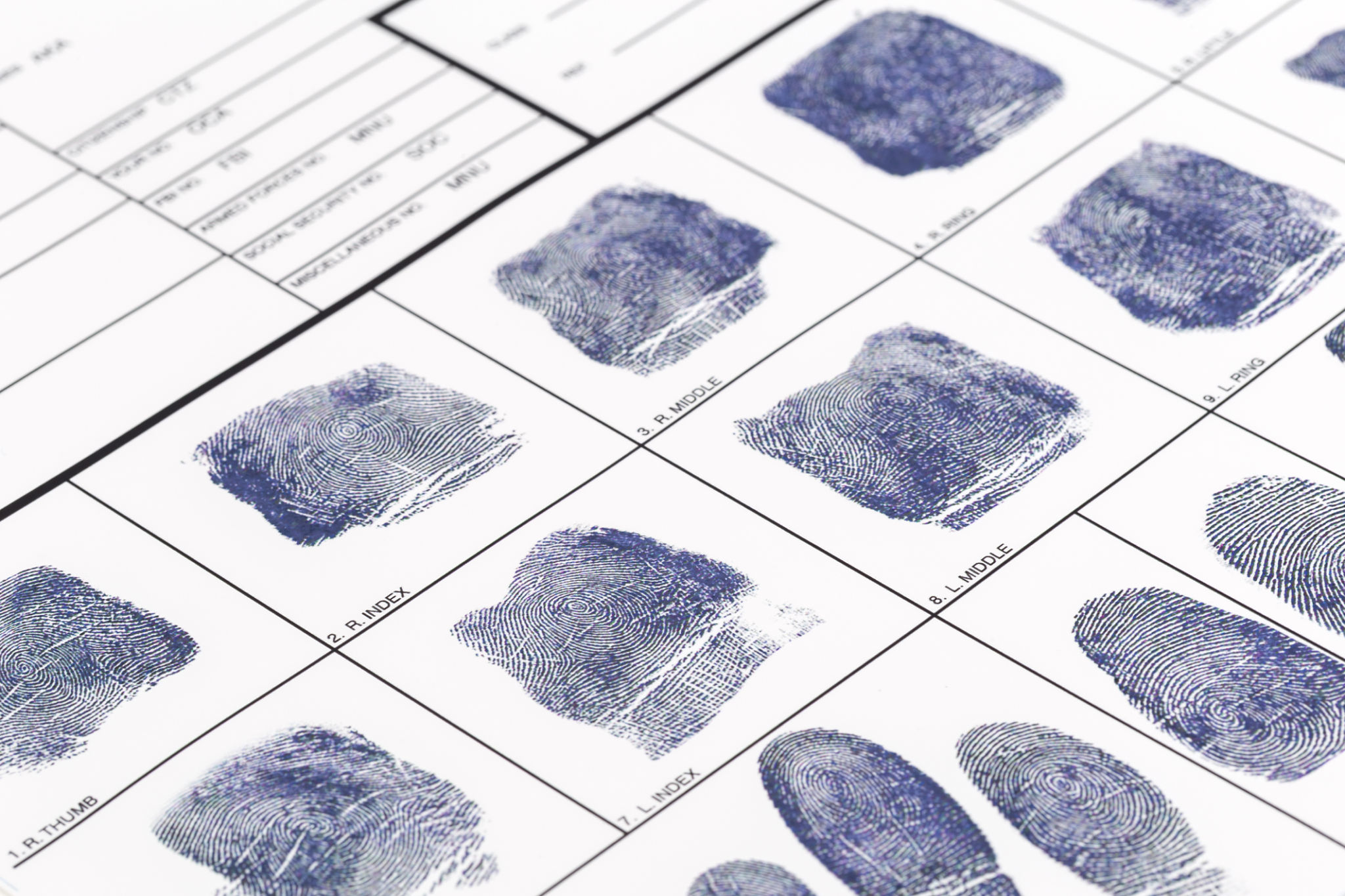Expert Advice: When to Choose Ink Fingerprinting Over Digital
ML
Understanding Ink vs. Digital Fingerprinting
Fingerprinting is a crucial process in various sectors, from law enforcement to employment verification. With advancements in technology, digital fingerprinting has become more prevalent. However, there are still situations where traditional ink fingerprinting is the preferred choice. Understanding when to opt for ink over digital can ensure compliance and accuracy.

When Ink Fingerprinting is Required
Although digital fingerprinting offers speed and convenience, certain circumstances necessitate the use of ink fingerprinting. One primary reason is when dealing with international documents or applications. Some countries and organizations still require ink fingerprints for legal and administrative purposes due to their traditional systems.
Additionally, ink fingerprinting might be necessary for specific licensing or certification processes. Agencies such as the FBI and certain state police departments might request ink-based prints for thorough background checks or security clearances.
Advantages of Ink Fingerprinting
Ink fingerprinting provides distinct benefits that digital methods may not offer. One notable advantage is its universal acceptability. Since the practice has been around for decades, it’s recognized globally, ensuring compatibility with various international protocols.

Moreover, ink fingerprints can be more suitable for individuals with unique skin conditions or occupational factors that might affect digital fingerprint capture. Ink allows for a physical impression, which might capture details missed by digital scanners.
Choosing the Right Method for Your Needs
Deciding between ink and digital fingerprinting should be based on specific needs and requirements. Here are some factors to consider:
- Purpose: Determine if the fingerprints are for domestic use or international submission.
- Regulatory Requirements: Check if there are any mandates for ink-based prints for your application.
- Personal Circumstances: Consider any physical characteristics that might affect digital scanning.
In some cases, consulting with a fingerprinting professional can provide clarity and ensure that the chosen method aligns with your goals.
Potential Limitations of Ink Fingerprinting
While ink fingerprinting has its merits, it also comes with certain limitations. The process can be time-consuming, requiring more effort in capturing and processing compared to digital methods. Additionally, the risk of smudging or improper impressions can lead to delays or the need for re-submission.

Another limitation is accessibility. As digital methods become more widespread, finding facilities that offer ink fingerprinting might be challenging in some regions.
Final Thoughts
The choice between ink and digital fingerprinting hinges on various factors including purpose, regulations, and individual circumstances. While digital methods continue to grow in popularity due to their efficiency, ink fingerprinting remains a vital option in specific scenarios.
If you find yourself at a crossroads, remember that understanding the advantages and limitations of each method can guide you towards a decision that best meets your needs. Whether for legal compliance or personal preference, knowing when to choose ink over digital ensures a smooth and successful fingerprinting experience.
